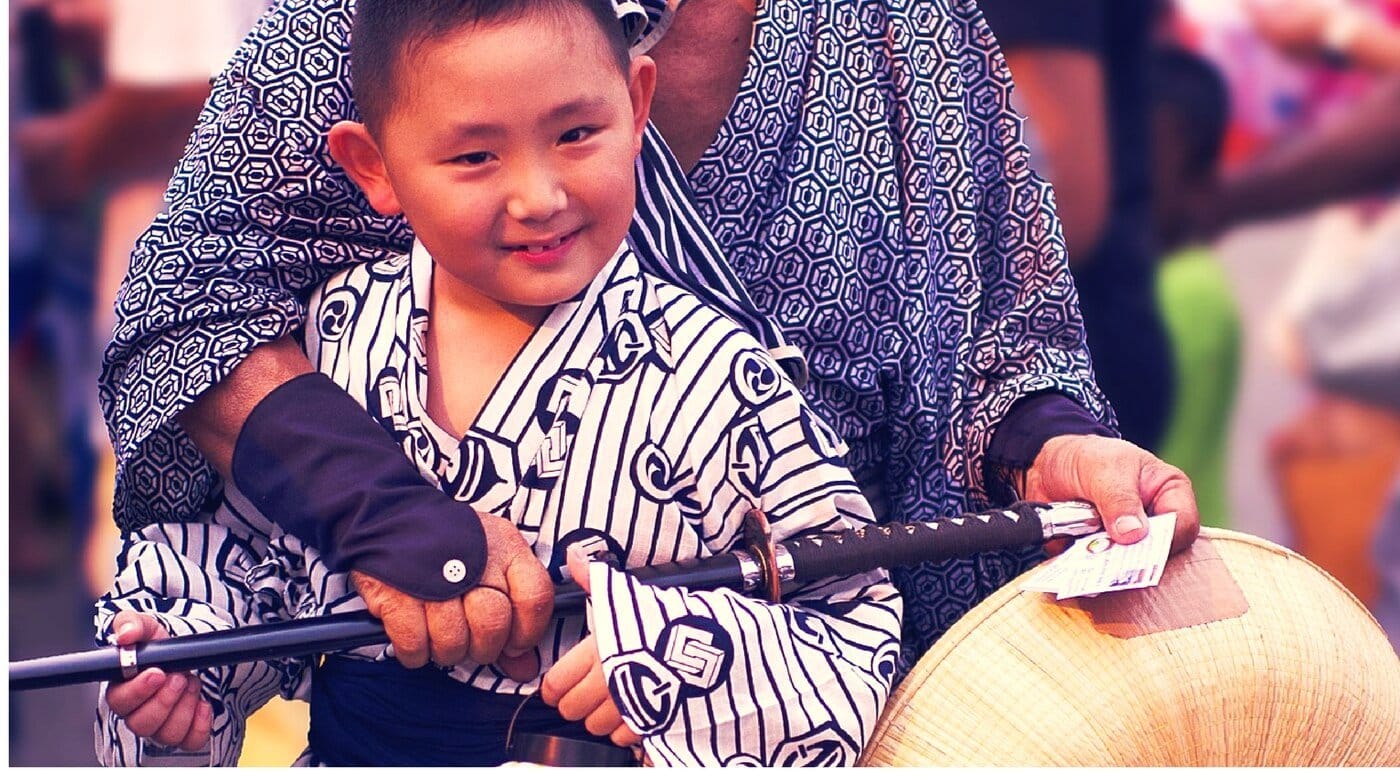Your Cart is Empty
EVERY ITEM MARKED DOWN 50% STORE WIDE CLEARANCE

Meta: A review of harvest festivals around the world.
The most famous example of a harvest festival in the world is arguably Thanksgiving in the US, but many other countries and cultures have been celebrating the tradition of gathering the late harvest before the beginning of winter for many years.
Harvest festivals are important for recognizing the importance of agriculture within modern day society, from reviewing where our food comes from and how it’s made, to what are we eating and what should we be eating. It helps us appreciate the full bounty that nature has to offer, and to reestablish a bond with nature, agriculture, the farmer, our local community, with the hope of healthy eating and with more traditional ideas such as family, mealtimes and good food that is made in a wholesome way.
In Argentina, during the harvest festival in the town of Mendoza in February, the Archbishop of Mendoza will bless the year’s first offerings of grapes to God. This marks the beginning of a months’ worth of festivities, including a beauty pageant where a harvest Queen will be chosen from among the women in the village.

In Bali, where rice is one of the chief sources of the local’s diet, the rice goddess Dewi Sri is greatly celebrated when rice is harvested. People will erect bamboo shrines to her within rice paddy fields, particularly within the more important sections such as where the river flows upstream, people also place dolls made out of rice stalks that are thought to be in the likeness of Dewi Sri within granaries to gain her favor.

In the Chantaburi region of Thailand, which is primarily known for its vast collections of precious gemstones, it celebrates a harvest festival for another spectacularly colored object, namely its assortment of exotic fruits. Different varieties of fruit ranging from the pungent durian to the sweet mangosteen can be found during the Fruit Festival; the festival features an opening ceremony where a float is constructed out of countless fruits stacked on top of each other and other entertainments such as art stalls revolving around fruit.
In the Magione region in Italy, people celebrate the area’s bountiful olive harvest at the same time as they observe the feast day of St Clement in November. The local priest will perform a ceremony where he will bless the current year’s first batch of olive oil. A great feast is then held within the castle, from the 12th century that can rival any feast from the dark ages to our years.
In England, the Lammas Festival marks the start of the harvest and the oncoming of winter, in ancient times the English would bake special bread to observe the period and make little dolls out of corn stalks as offerings, nowadays the harvest festival is more observed through modern day TV competitions and festivals.

In Swaziland, the festival of Incwala occurs where men journey to the ocean in order to collect seawater to mark the beginning of the season. Branches from a tree of great importance are pulled together to form a circle, which is then offered to their king, once the king eats the first piece of fruit that is harvested all of his people may begin to enjoy the fruits of the harvest.
For all your holiday information and more visit SirHoliday, the leaders in holiday information.
Grapes image:
https://cdn.pixabay.com/photo/2016/09/26/20/10/grapes-1696921_960_720.jpg
Apples image:
https://cdn.pixabay.com/photo/2016/08/12/22/38/apple-1589874_960_720.jpg
Rice image:
https://cdn.pixabay.com/photo/2016/11/08/05/37/adult-1807554_960_720.jpg
Comments will be approved before showing up.